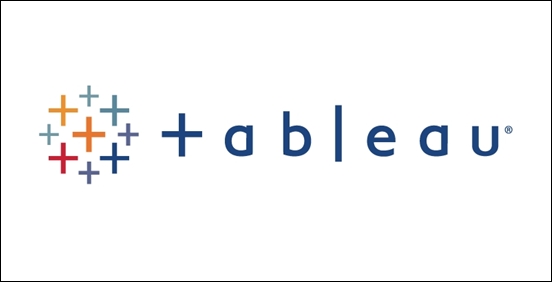
As I continue on my Data Science journey, it was only a matter of time before I dove into the world of Tableau. From the onset, after writing SQL queries and Python scripts, Tabeau was a very familiar yet distant environment. I’ve gone through the tutorials and followed along as I was guided to make beautiful visualizations (vizzes). The elearning program provided by Tableau is fantastic and super helpful for those who haven’t been introduced to this amazing visualization tool!
Sidenote: during the first few months of the pandemic, Tableau generously opened up their elearning for free, but that offer is now passed, but if you are a student, they are very accommodating to give you access to their tools. It never hurts to ask.
The curious person that I am, while I definitely appreciate the hand holding walkthroughs that Tableau provides, I wanted to see how successful I could be on my own, with data that hadn’t been hand picked for tutorials.
So I brought in the data from my machine learning project that was provided by Driven Data. A quick summary of this project is that we are looking at wells in Tanzania and wanting to build a model that can predict whether a well is functional, functional needs repair, or not functional. Here’s the blog I wrote about my approach to this project.
Thus far, I’ve just scratched the surface of what vizzes I can make with Tableau and this data. The first viz I made was very similar to one I can make using python script and jupyter notebook.
 But this isn’t why you invest in Tableau. I needed to dig deeper and push to think not just the two dimensional way for thinking about visualizations.
But this isn’t why you invest in Tableau. I needed to dig deeper and push to think not just the two dimensional way for thinking about visualizations.
So I thought about what visualization was I thinking about when I looking towards what are the next steps with this project. One of the next steps I want to look into is to provide information to the communities whose wells are in need of repair about wells that are nearby that are functioning that they can use until their well is restored.
Tableau makes it really easy to map data using latitude and longitude. It already has that kind of viz built in, so I can add more layers by looking at the well status and the size of the populations that are impacted by the wells. This viz is the first step in my journey of creating powerful visualizations to tell the story with the data.

What I really enjoy about this viz is that I was able to layer the information provided so easily. With just this visualization, I can see there’s a community in the center of the country that has a non-functional well that impacts a fair sized population. I will continue to push myself in deepening the layers and growing in how to utilize the powerful tool that is Tableau.